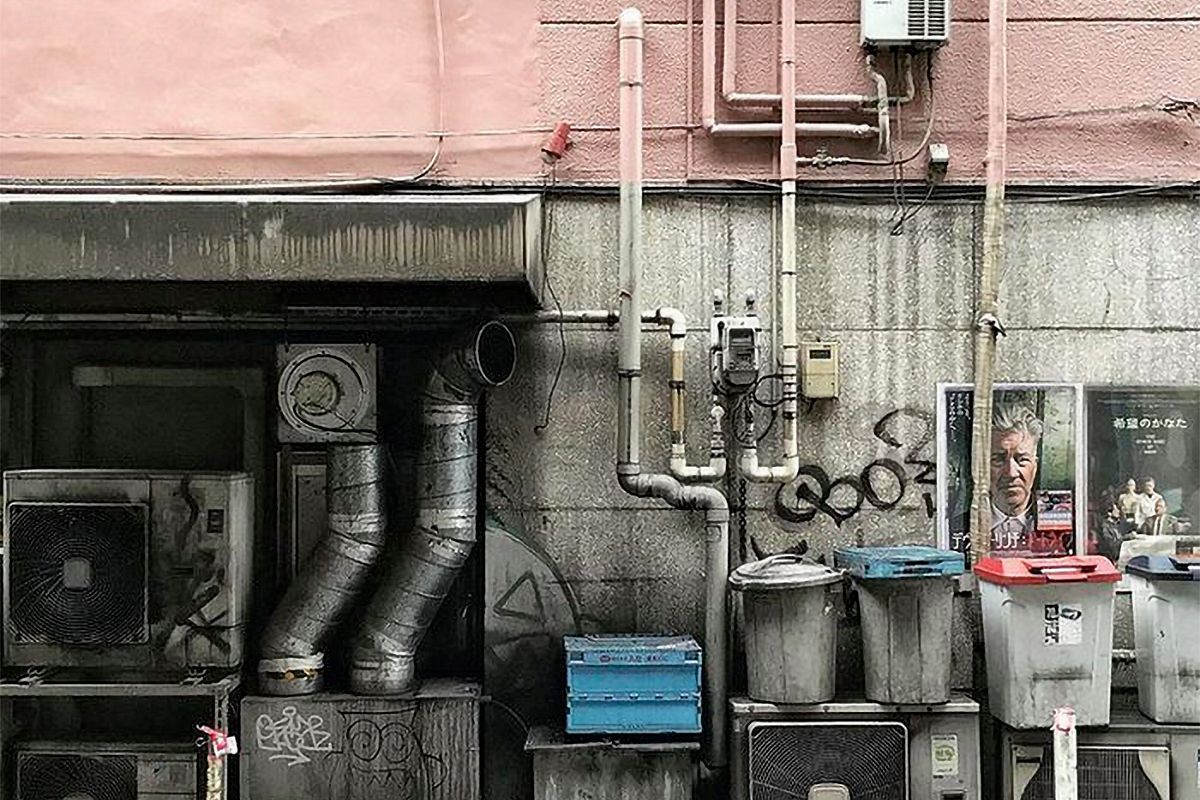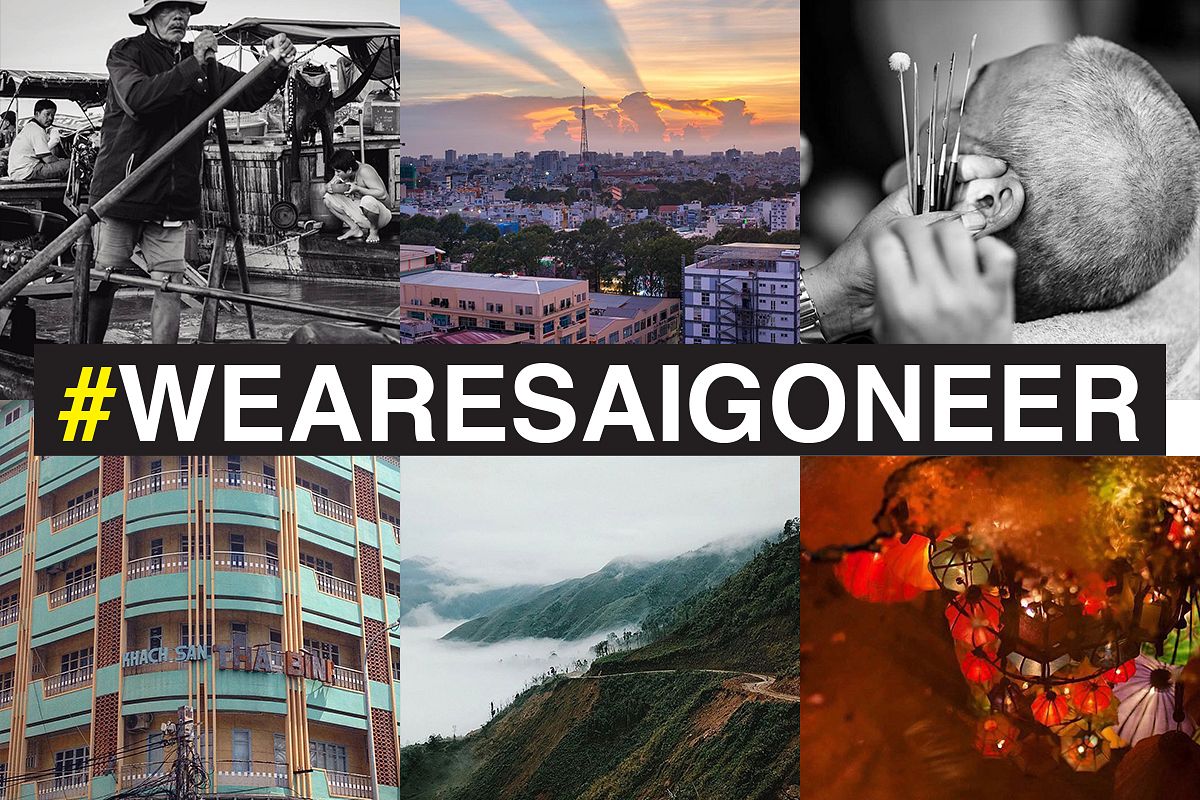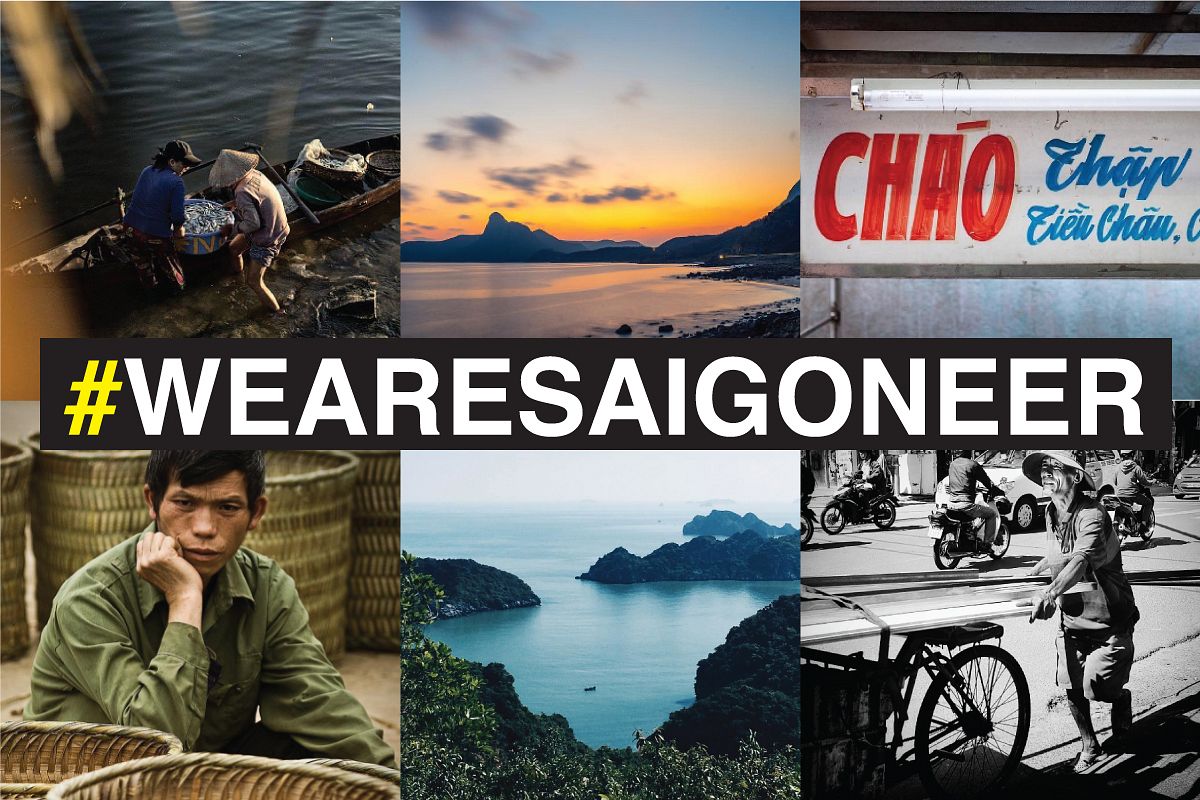On Match 12, Hamdan International Photography Award (HIPA) 2019 announced that a photo of a Hmong woman carrying her two children, taken by Malaysian participant Edwin Ong Wee Kee in Vietnam, won its grand prize.
Ong, who works full time as a traditional Chinese medicine practitioner, received a cash prize of US$120,000. According to PDNPulse, the image was taken, unplanned, during his recent trip to Vietnam. In their statement on Facebook and Al Bayan, HIPA praises the image as evoking "intense emotion and shimmering glimmers of hope."
"The picture shows a Vietnamese woman carrying two children. Later we know that she suffers from speech disorders, and it is difficult for her to speak. But this did not prevent her from continuing her life as a mother," HIPA writes in Arabic.
Not long after the winner announcement, a behind-the-scenes photo of the image surfaced online, shared by Ab Rashid, a photographer and founder of Street Photo BD Magazine, which brings the unplanned nature of the winning photograph into question. The image shows a group of photographers, including Ong, surrounding the Hmong woman who was allegedly posing for them.
While staging doesn't break the competition rules, the behind-the-scenes photo stirs controversy in the photography world concerning the photographer's ethics, as he claimed that the photo was taken without planning. Photographer and founder of Pics Of Asia Etienne Bossot penned an article on the site criticizing Ong's behaviors and the nature of many photography competitions.
"Staging a photo and winning a competition, is THE fastest way to reach this stage.This is the fastest shortcut you can take to obtain fame. Fame that will of course make you become very rich. Because we all know that once you have won a competition, it rains money and National Geographic just can’t get enough of you for their exotic assignments around the world," Bossot writes.
When approached by The Star, a Malaysian media source, Ong refuted Bossot's claim that his photo was staged and said that it was taken spontaneously — the mother and her two children were passing by when he and the group of photographers came to the rice field.
"We then asked her whether we could take her photo of which she willingly sat down and allowed us to take her photo. We never told her to stand up or sit down," Ong added.
Some of Bossot's critiques go beyond the question of whether the photo was staged or not. In the article, Bossot also highlights the problem of capitalizing on hardship and the anti-creativity of photography tours.
"More people will now want to travel to North Vietnam, stage another “poor looking” woman holding a baby and blur the background. Because you know, it worked last time," he writes. "It is the McDonaldization of travel photography through photography tours that cater to people who want to become famous without working too much. And most photography competitions today are supporting that trend."














